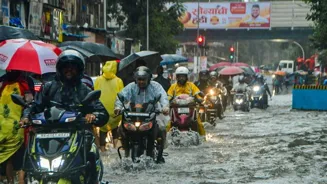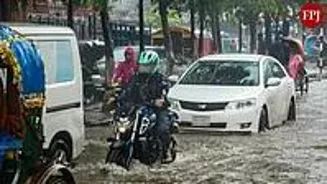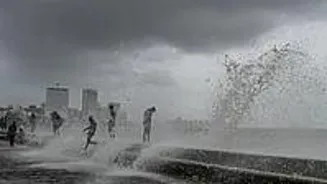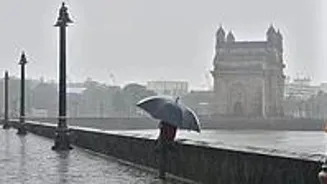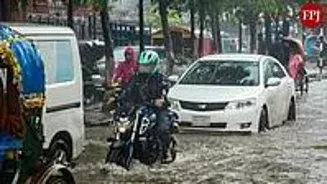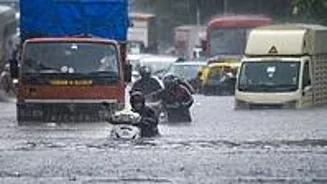Battered by relentless rain since August 16, Mumbaihas managed to stay afloat thanks to the silent workhorses of the city — its pumping stations and flood-control pumps. In just four days, the Brihanmumbai
Municipal Corporation’s (BMC) pumping stations drained a staggering 1,645 crore litres of rainwater, more than double the storage capacity of the iconic Tulsi Lake.
For a city that floods almost every monsoon, these figuresare not just statistics, but a reminder of how fragile daily life in Mumbai is, and how crucial the pumping infrastructure has become.
Mumbai’s pumping stations
Mumbai has six major pumping stations at Irla, Cleveland Bunder, Gazdarbandh, Lovegrove, Haji Ali and Britannia. Together, they house 43 massive pumps, each with the capacity to remove 6,000 litres of water per second. Collectively, they have the ability to pump out 2.58 lakh litres per second — and during the latest spell of heavy rain, they were running almost non-stop for 761 hours.
Among them, the Irla station in Juhu emerged as the most critical player, pumping out 3,768 million litres of water on its own. Close behind were Cleveland Bunder and Gazdarbandh, each drainingnearly 3,000 million litres. Even the relatively smaller Britannia station at Reay Road, often overlooked, managed to pump out 1,700 million litres.
“These stations are the unsung heroes of monsoon. Without them, large parts of Mumbai would have been submerged for days. People may not notice them, but every drop they pump out keeps the city moving,” a senior BMC engineer said.
🌧️हिंदमाता परिसरातील पावसाचे पाणी उपसा करण्यासाठी हिंदमाता उदंचन केंद्र येथील सातही पंप कार्यान्वित आहेत. ☔
🌧️सखल भागात साचलेल्या पाण्याचा निचरा वेगाने सुरु असून परिसरातील वाहतूक सुरळीत सुरू आहे.
—🌧️All seven pumps at the Hindmata Pumping Station have been activated to… pic.twitter.com/IFzMaKLgL8
— माझी Mumbai, आपली BMC (@mybmc) August 18, 2025
BMC deployed 540 portable pumps
To tackle sudden waterlogging in low-lying areas, the BMC deployed 540 portable pumps across the city. On August 19, when torrential rain returned, these portable pumps drained an additional 182.5 crore litres in just six hours. Teams of trained municipal workers operated these machines around the clock in three shifts.
Their role was especially crucial in suburban neighbourhoods such as Kurla, Andheri, and Chembur, which are historically flood-prone. Residents in these areas said water receded much faster than in earlier years.
The rainfall numbers tell the story of the challenge. Between August 18 and 19, several areas recorded more than 300 mm of rain in 24 hours. Chincholi in the western suburbs topped the list with 361 mm, followed by Kandivali (337 mm), while Dadar and Wadala in the island city also crossed the 280-300 mm mark.
If that wasn’t enough, in just four hours between 4 am and 8 am on August 19, the cityreceived over 100 mm of rainfall in multiple pockets, including Foras Road, Versova, and Mulund.
For Mumbaiites, the numbers may sound abstract, but the effect is visible: suburban train services largely stayed on track, flights took off with minimal disruption, and flooded neighborhoods reopened more quickly than in previous years. Waterlogging did occur in several pockets, but it did not paralyze the city the way it has in the past.
With more heavy showers predicted, the BMC’s pumping stations will continue their round-the-clock vigil.
For now, as Mumbaislogs through yet another relentless monsoon, its “underground army of pumps” is quietly proving to be the city’s most reliable lifeline.
